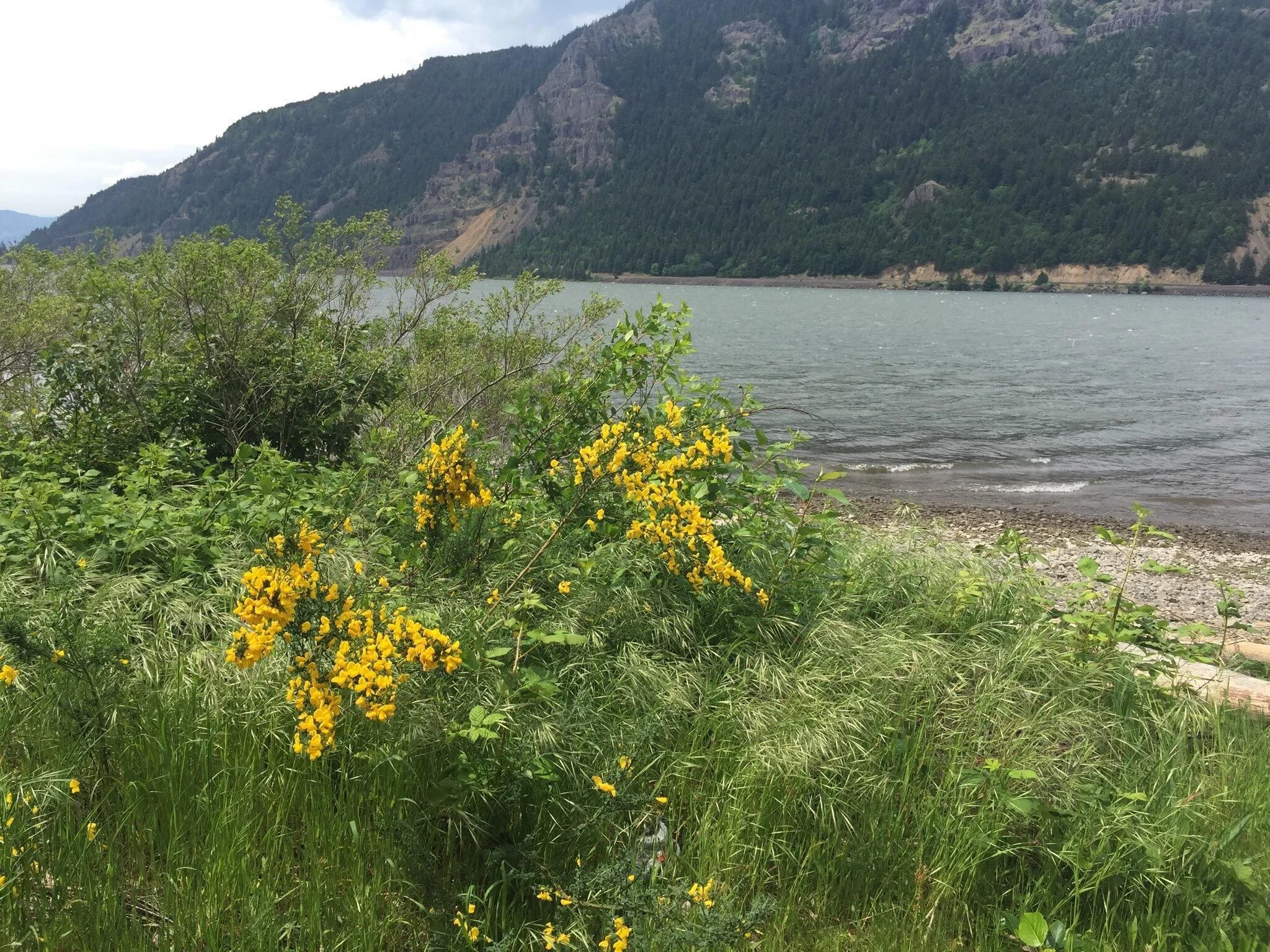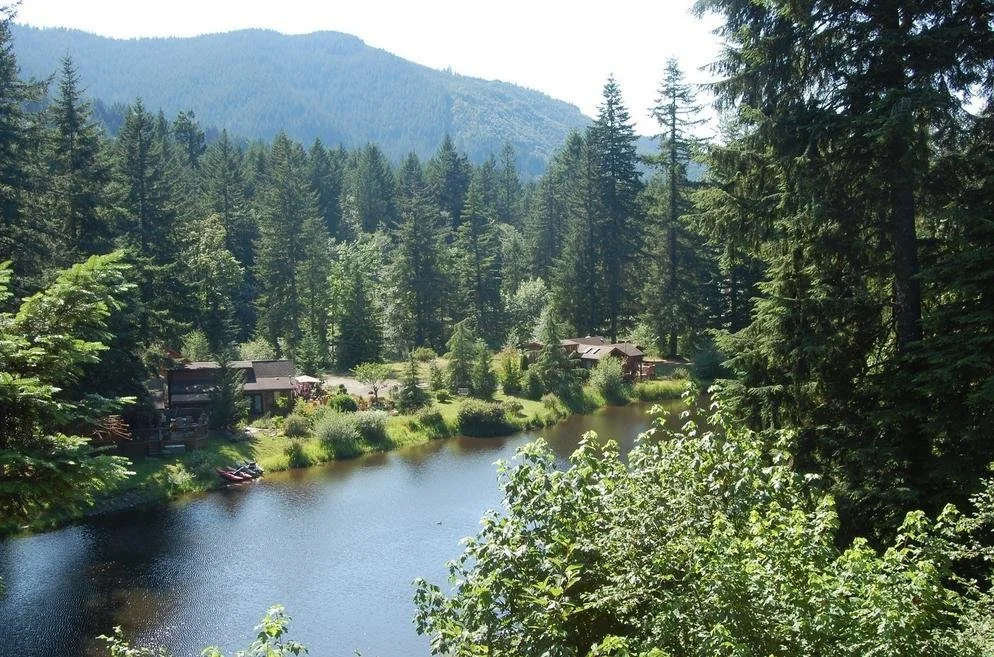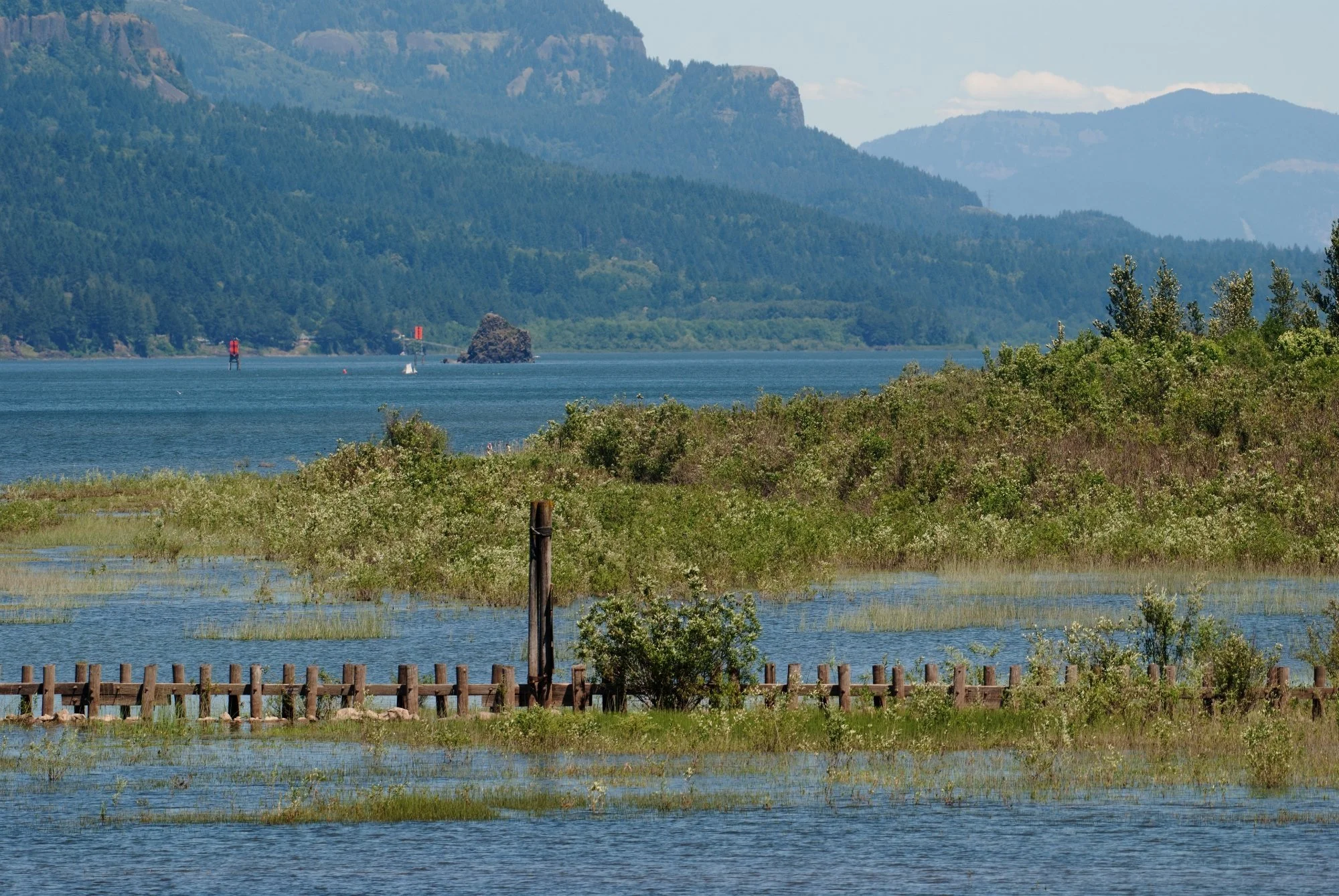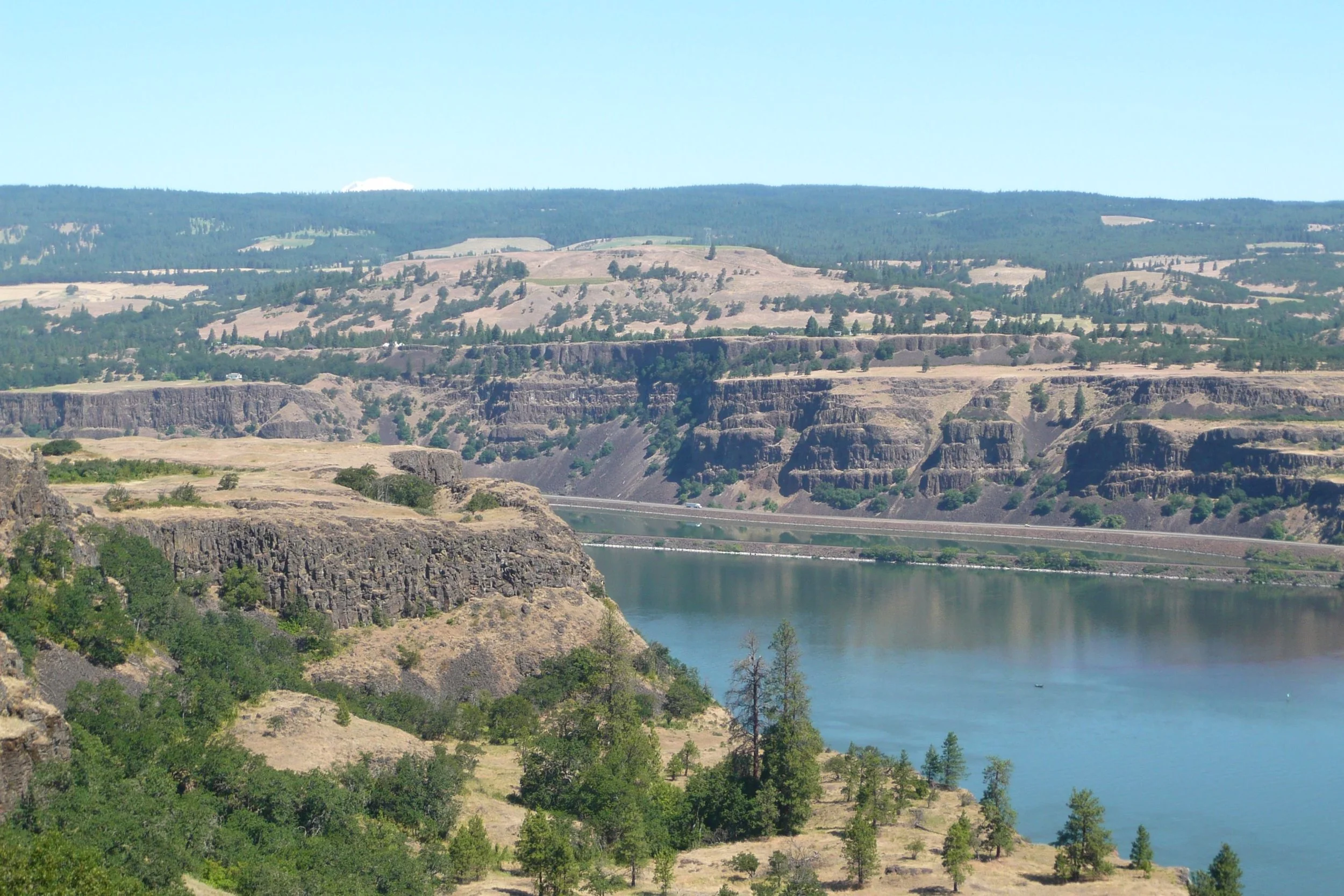Standing majestically at 11,240 feet, Mt Hood creates an awe-inspiring silhouette against the Oregon skyline. This majestic peak is visible from Portland on clear days, despite being positioned an impressive 50 miles distant. The surrounding landscape, featuring pristine alpine meadows and the expansive Mt Hood National Forest, presents countless opportunities for outdoor exploration.
Camping Near Mt Hood
Climb Majestic Mt. Hood's Glacial Slopes - Ignite Your Sense of Adventure Today!
CampChimp is better in the app
Find Available Camping
The 5 best campgrounds near Mt Hood, OR
-

Trillium Lake
 Government Camp, OR
Government Camp, OR


Trillium Lake Campground offers stunning views of Mt Hood and a serene lake setting perfect for fishing and relaxing. The campground is surrounded by lush forests and hiking trails.
-

Ainsworth State Park
 Corbett, OR
Corbett, OR


Ainsworth State Park Campground offers RV sites with full hookups including water electricity and sewer. The campground is located along the Columbia River Gorge and provides easy access to hiking trails and scenic views.
-

Frog Lake Campground
 Government Camp, OR
Government Camp, OR


Nestled in the lush forests of the Mt. Hood National Forest Frog Lake Campground offers a serene escape surrounded by towering evergreens and the tranquil waters of Frog Lake. With well-maintained campsites and easy access to hiking trails it's the perfect base for outdoor adventures.
-
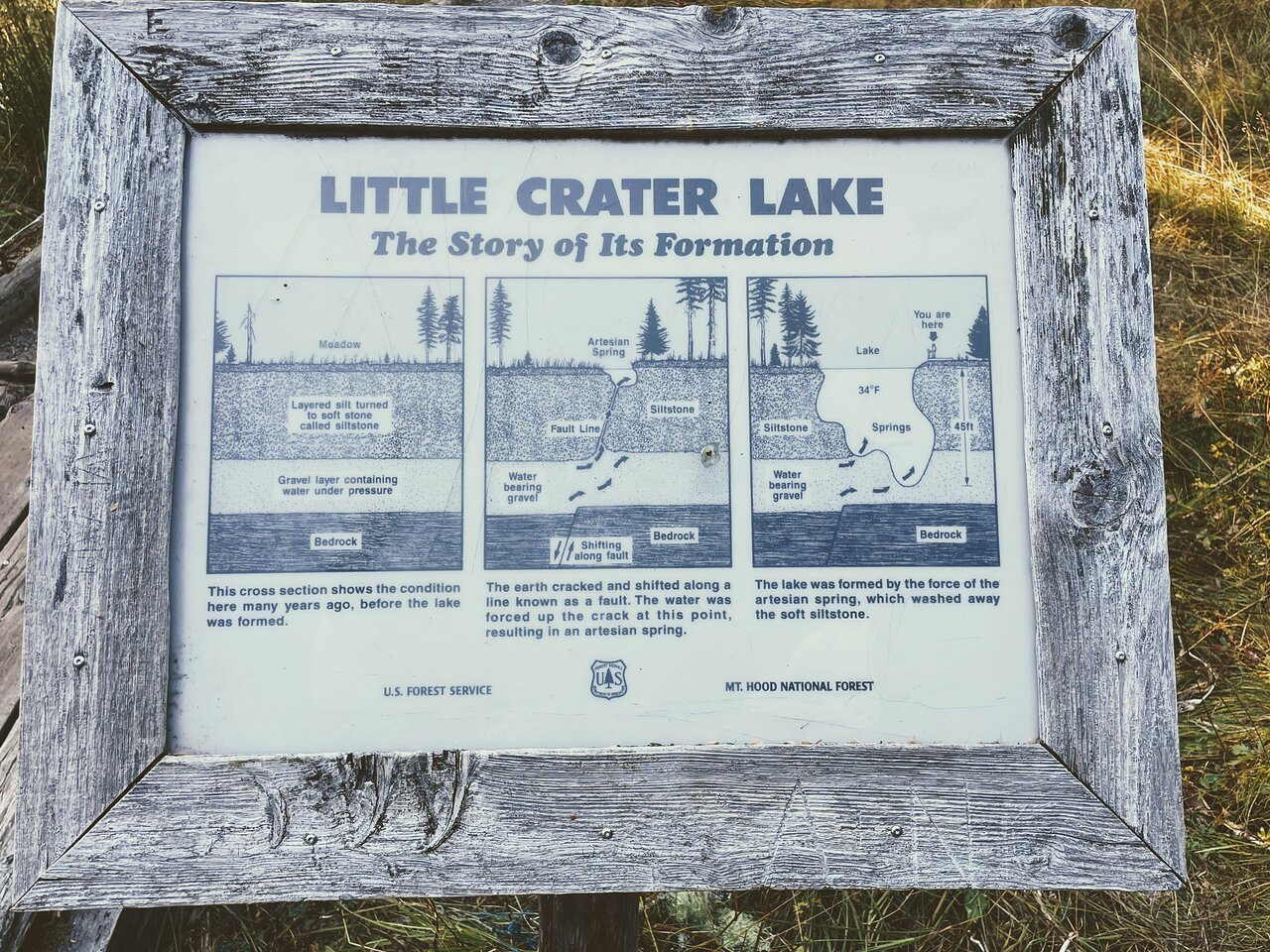
Little Crater Lake
 Government Camp, OR
Government Camp, OR


Nestled in the heart of the Mt. Hood National Forest Little Crater Lake Campground offers stunning views of the surrounding peaks and a serene lake. With its well-maintained campsites and easy access to hiking trails it's a perfect destination for outdoor enthusiasts.
-

Stub Stewart State Park
 Buxton, OR
Buxton, OR


Stub Stewart State Park Campground offers a variety of camping options including yurts cabins and RV sites. The park features hiking trails a lake and beautiful scenery.
The 5 hardest-to-book campgrounds near Mt Hood, OR
The 5 best campgrounds for RV camping near Mt Hood, OR
The 5 best campgrounds for tent camping near Mt Hood, OR
Camping in Mt. Hood guide
The region boasts an impressive selection of 71 Forest Service campgrounds, ensuring every outdoor enthusiast finds their perfect match. Modern conveniences await at Spring Drive's well-equipped RV facility, complete with comprehensive hookup options. Trillium Lake Campground has earned its reputation as a family-favorite destination, featuring exceptional aquatic activities and angling opportunities. Those seeking additional comfort can discover cozy accommodations at Lost Lake Resort's cabins and yurts.
Adventure seekers will discover their paradise here. Whether scaling challenging cliff faces or casting a line in the crystal-clear waters of Hood River mere feet from your tent, excitement abounds. The vast network of trails, stretching an impressive 1,000 miles throughout the national forest, provides perfect terrain for hikers, equestrians, and mountain biking enthusiasts. For those drawn to the ultimate challenge, the technical summit ascent awaits - just remember to secure the necessary climbing permits before attempting this feat.
Seeking solitude? The backcountry beckons with its pristine wilderness experiences. Thanks to permissible dispersed camping across numerous areas within the national forest, adventurers can establish their campsites in secluded, untouched locations. Local hiking enthusiasts particularly recommend the Timberline Trail circuit, a breathtaking journey typically requiring between three to four days to traverse completely.
Winter's arrival transforms the landscape into a seasonal playground rather than signaling an end to outdoor activities. Pack your cold-weather camping equipment - or reserve a snug cabin - and prepare for winter recreation. With six distinct ski areas, visitors can enjoy everything from gentle sledding to exhilarating downhill sports. The snow-covered trails also welcome winter adventurers equipped with snowshoes, nordic skis, or snowmobiles, offering unique perspectives of this winter wonderland.


